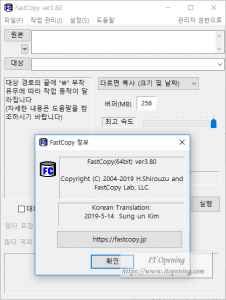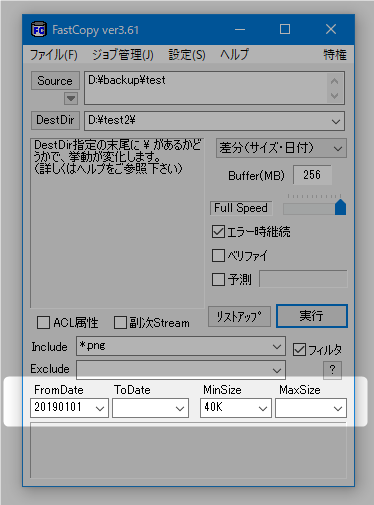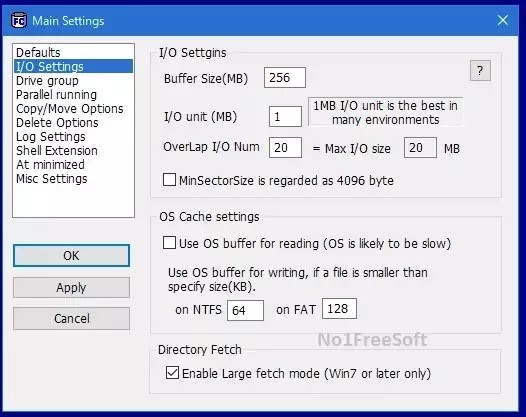
By passing multiple paths to the Path parameter, Copy-Item will look at each one, copy either the folder or file(s) depending on the path and “merge” them all into the single destination. a- 8:59 AM 5 2690.txt Merging Multiple Folders TogetherĪnother cool feature of Copy-Item is it’s ability to copy multiple folders together at the same time. PS> Copy-Item -Path 'C:\PointA\26?0.txt' -Destination C:\PointB\ PS> Copy-Item -Path C:\PointA\* -Destination C:\PointB\ Most of these provider cmdlets can be used across different providers but in my nearly 10 years of using PowerShell, I’ve only seen Copy-Item to be used with the file system provider.īy using this cmdlet PowerShell allows a developer to copy files and folders a number of different ways. It’s a generic cmdlet that recognized by its Item noun. and (emphasis added): List each string in a separate line in each file.

Th is cmdlet is a part of the PowerShell provider cmdlets. /exclude:filename1+filename2+filename3 : Specifies a list of files containing strings.

This cmdlet allows us to copy a file and folder while giving us the ability to recurse files in a folder, use wildcards to select the files we need to copy and even use PowerShell Remoting for a file copy!

FastCopy has an Include/Exclude filter that allows you to customize large. In PowerShell land, the most popular way to get a copy of a file or folder in your PowerShell script from point A to point B is by using the PowerShell Copy-Item cmdlet. No more poring over directories and files to find out where the copy was up to. In the GUI, we copy and paste with the clipboard but in PowerShell we have a cmdlet called Copy-Item.Ĭommands for copying files have been around forever in all shell languages.


 0 kommentar(er)
0 kommentar(er)
